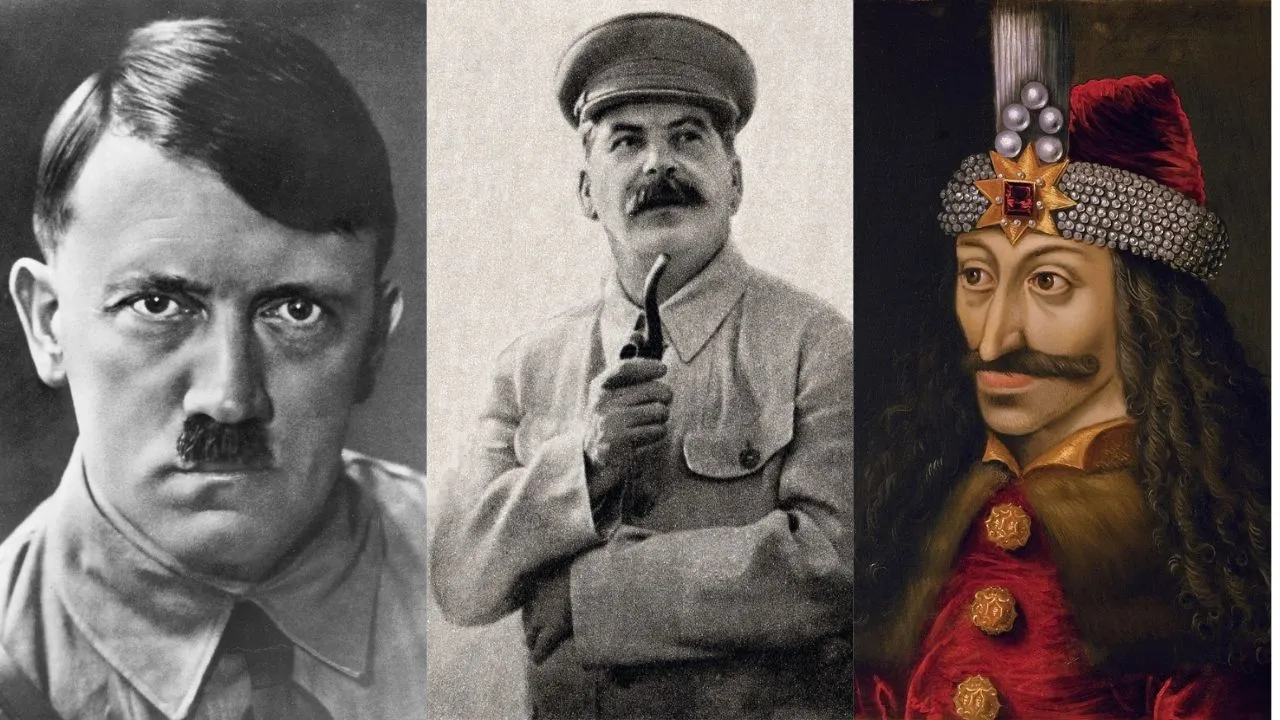Adolf Hitler is considered as the most evil and dangerous person of all time.
Throughout history, there have been individuals whose actions have caused immense suffering and loss of life.
This article delves into the lives of some of the most evil people who have ever lived, shedding light on their deeds and the impact they had on the world.
1. Adolf Hitler (1889-1945)
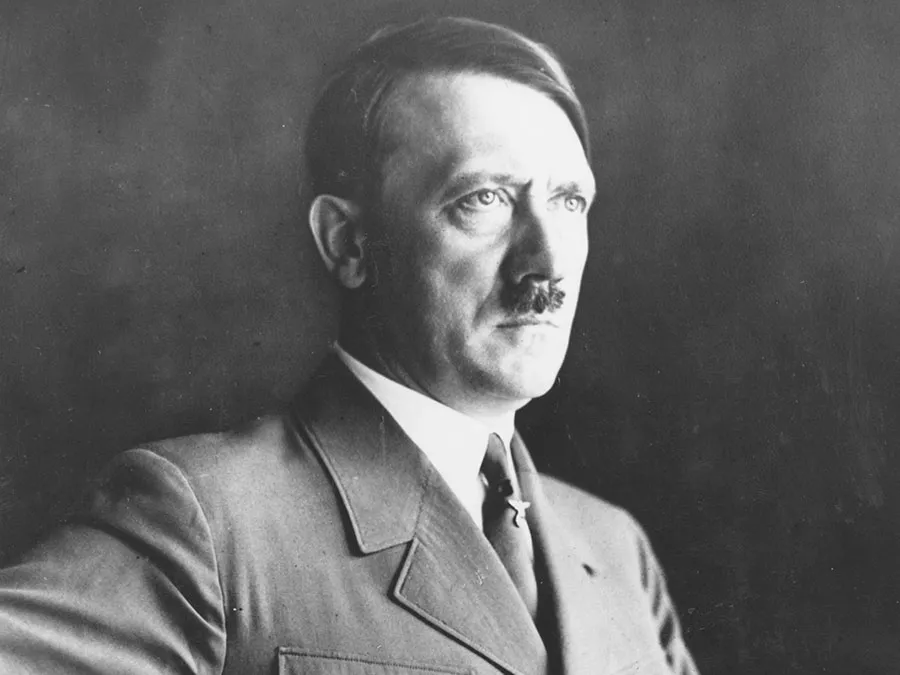
Adolf Hitler, a German politician, assumed the role of Germany’s dictator from 1933 up until his 1945 demise by suicide.
He acquired prominence as the Nazi Party’s chief, earning the chancellorship in 1933 before adopting the title of Führer und Reichskanzler in 1934.
Throughout his autocratic rule, he played a pivotal role in sparking World War II in Europe by commanding the invasion of Poland on 1 September 1939.
His active participation in military operations during the war stood out, particularly in orchestrating the Holocaust, resulting in the death of approximately approximately 50 million people.
Hitler’s deep-seated hatred for Jews, whom he considered an impure race, resulted in one of the most horrific genocides in history.
2. Joseph Stalin (1878-1953)
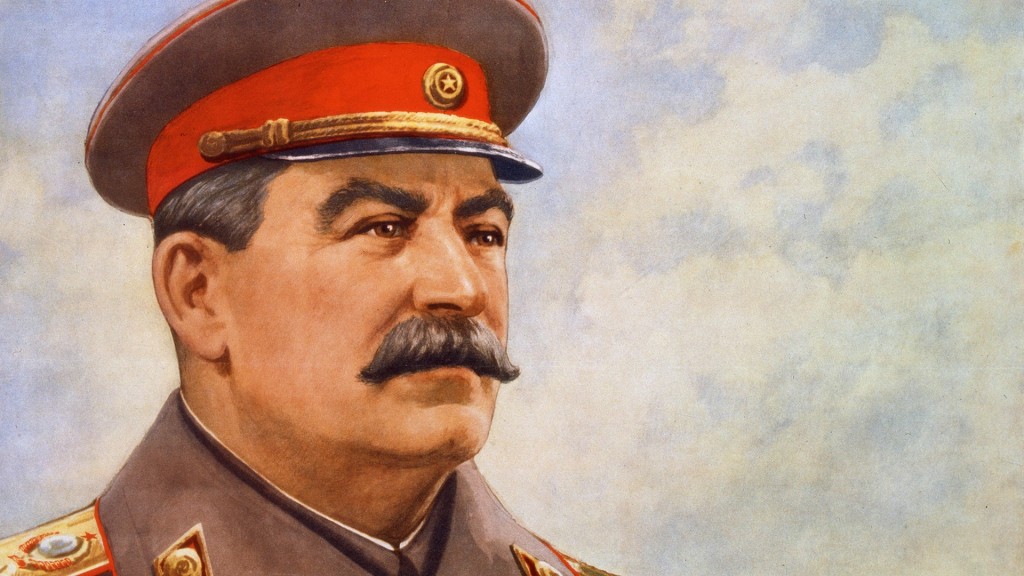
Joseph Stalin, a Soviet politician, held absolute authority over the Soviet Union from 1929 to 1953.
He gained prominence as the leader of the Communist Party and the Red Army, assuming the role of general secretary in 1922 and later becoming premier in 1941.
Throughout his rule, he dramatically reshaped the Soviet Union into a formidable industrial and military force.
However, his policies of collectivization, repression, and famine resulted in the loss of countless lives.
Despite being a crucial ally to the Western powers during World War II, Stalin’s expansionist aims in Eastern Europe and Asia instigated the onset of the Cold War.
It is estimated that as many as 10 million Russians may have lost their lives during his rule.
His oppression was not limited to Russians; about 1.5 million German women were raped during his brutal regime.
He once said, “One death is a tragedy, a million deaths is simply a statistic”.
3. Vlad the Impaler (1431-1476/77)
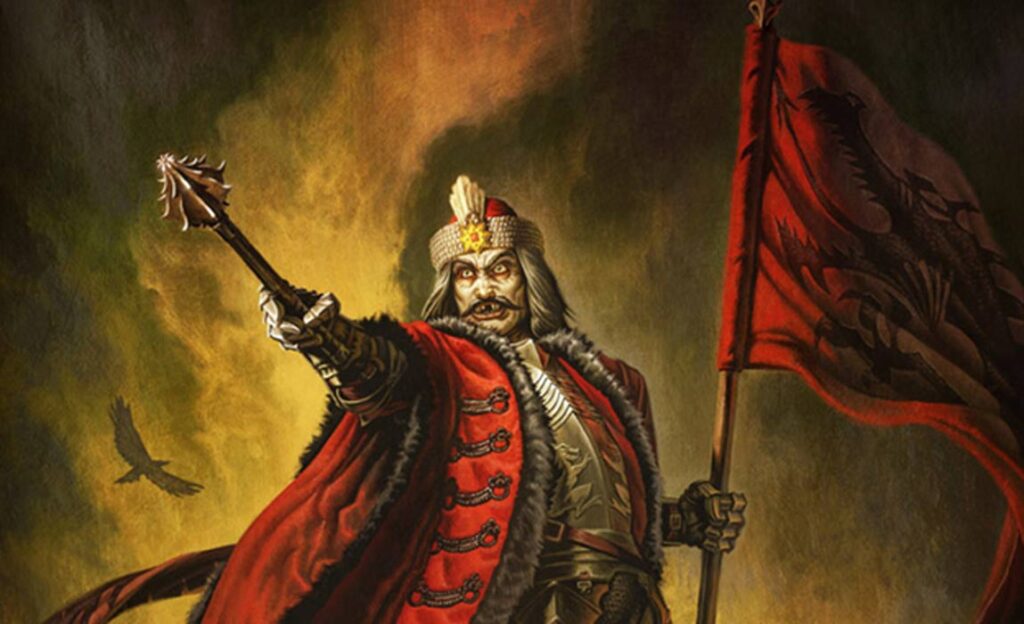
Vlad the Impaler, a Romanian prince, ruled Wallachia on three separate occasions from 1448 until his death in 1476/77.
He was the offspring of Vlad Dracul, a member of the Order of the Dragon—an honorable group devoted to combating the Ottoman Turks.
Vlad gained notoriety for his relentless cruelty and savagery, particularly in his treatment of the Ottomans.
His preferred method of execution involved impaling his captives on wooden stakes, earning him the moniker Vlad the Impaler (Romanian: Vlad Țepeș).
Moreover, he is recognized as one of the influences behind Count Dracula, a fictional character conceived by Bram Stoker in his renowned novel, Dracula, published in 1897.
A German pamphlet once read: “He roasted children, whom he fed to their mothers. And (he) cut off the breasts of women, and forced their husbands to eat them. After that, he had them all impaled”.
4. Pol Pot (1925-1998)
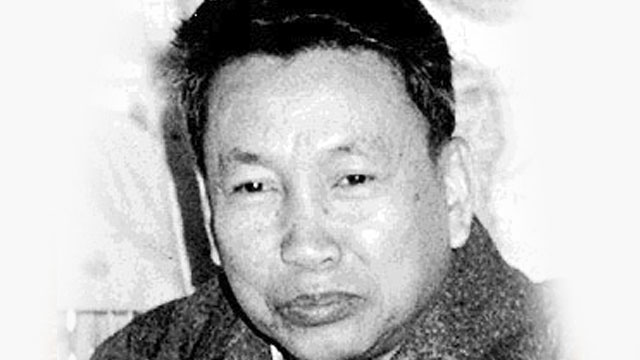
Pol Pot, the Cambodian revolutionary and dictator, held power in Cambodia from 1976 to 1979 as the Prime Minister of Democratic Kampuchea.
Serving as the General Secretary of the Communist Party of Kampuchea from 1963 to 1981, he spearheaded the Khmer Rouge, a totalitarian regime infamous for inflicting extreme hardships on the Cambodian populace.
This regime directly resulted in the loss of over a million lives due to forced labor, starvation, illness, torture, and outright execution.
During his four-year reign, he decimated about 25% of the entire Cambodian population.
Pol Pot’s life ended near the Cambodia-Thailand border in 1998.
5. Heinrich Himmler (1900-1945)
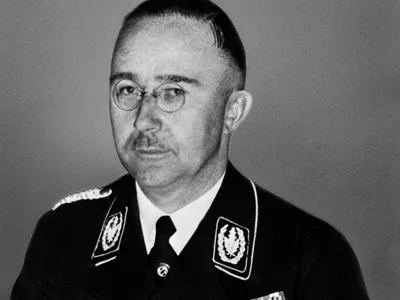
Heinrich Himmler, a German Nazi politician, held prominent positions in the Third Reich, ranking second only to Adolf Hitler in terms of power.
He served as the Reichsführer of the Schutzstaffel (SS), the elite paramilitary force of the Nazi Party, and held the position of chief of the German Police.
Himmler was a prominent member of the Nazi Party and an integral part of Hitler’s inner circle.
His responsibilities included safeguarding the Nazi empire and overseeing the implementation of the Holocaust, the systematic mass murder of Jews, and other persecuted groups.
Himmler ultimately took his own life through cyanide poisoning in 1945 upon being captured by British forces.
He ordered the killing of about 6 million Jews and about half a million Russians residing in Europe.
6. Saddam Hussein (1937-2006)
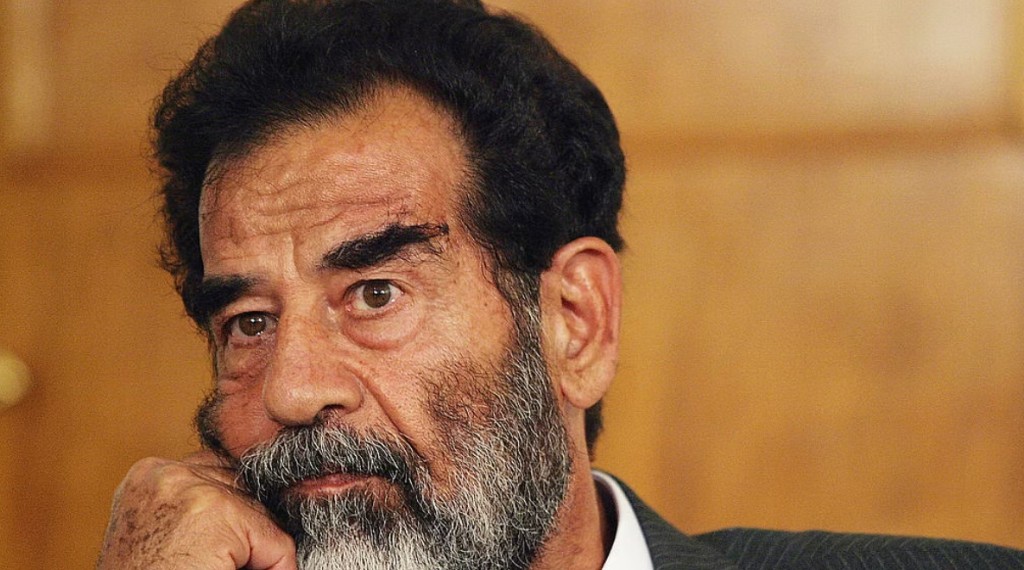
Saddam Hussein, a noted Iraqi political figure and revolutionary, held the position of Iraq’s 5th president from 1979 to 2003.
Additionally, he served two terms as prime minister of Iraq, first from 1979 to 1991, then from 1994 to 2003.
Hussein remained a significant member of the Arab Socialist Ba’ath Party, an entity that upheld a blend of Arab nationalism and Arab socialism.
During the Persian Gulf War in 1991, he became a marked opponent of the United States and found himself in a similar position in 2003, during the Iraq War.
Captured by U.S. forces in 2003, he faced execution by hanging in 2006 following his conviction on charges of crimes against humanity.
He ordered the killing of dozens of top soldiers from his own country, and about 2 million people died due to his atrocities.
7. Idi Amin (1952-2003)
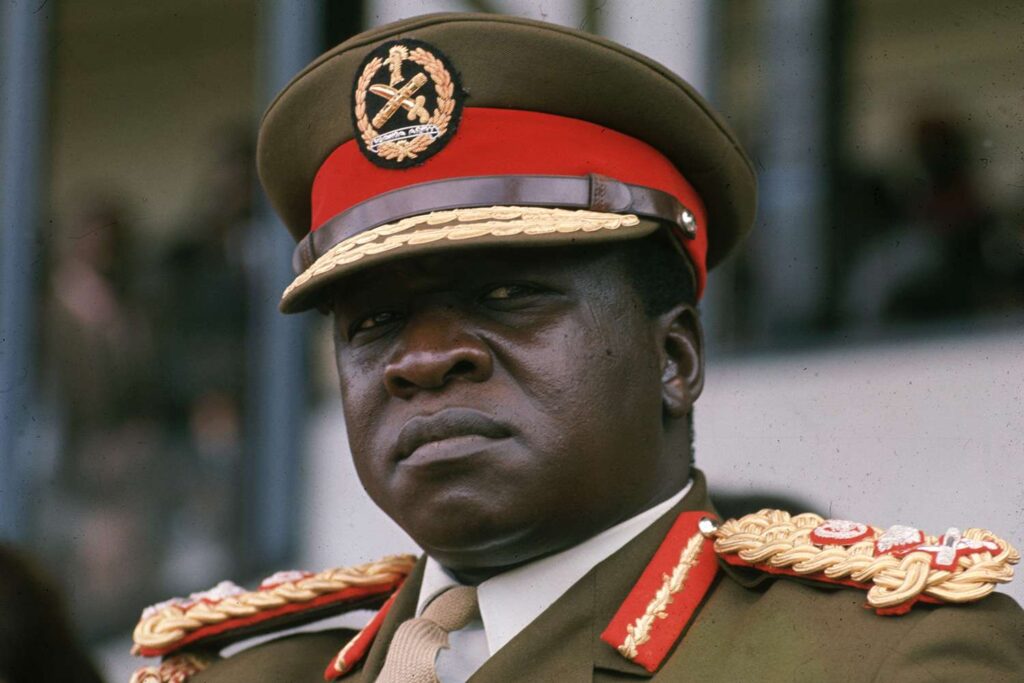
Idi Amin, who lived from 1952 to 2003, was a military official from Uganda who held the position of president between 1971 and 1979.
He ruled as a vicious dictator, making him one of the most cruel leaders in recent history.
A member of the Kakwa ethnic group from the northwestern region of the country, Amin started as an assistant cook in the British colonial army back in 1946. Later, he became a lieutenant and fought against the Mau Mau uprising in Kenya.
By 1966, he had advanced to being the chief of the army and air force, and in 1971, he succeeded in overthrowing President Milton Obote following a successful military coup.
In 1976, he was directly involved in the kidnapping of a French plane to Entebbe.
It is claimed that he ordered the oppression of different ethnic groups such as Acholi and Lango.
It is believed that his leadership resulted in the deaths of approximately 300,000 individuals and the torture of countless others.
Tanzanian troops and Ugandan exiles removed him from power in 1979 after which he fled to Libya and later Saudi Arabia.
He passed away in 2003 in Saudi Arabia.
8. Ivan the Terrible (1530-1584)

Ivan the Terrible, born in 1530, held the title of grand prince of Moscow from 1533 to 1547 and became the first tsar of Russia from 1547 until his death in 1584.
He was the son of Vasily III of Moscow and Yelena Glinskaya, and he represented the Rurik dynasty.
Ascending to the grand prince position at the age of three after his father’s passing, Ivan was crowned tsar at 16.
His rule marked the establishment of a centralized Russian state and the expansion of an empire encompassing non-Slavic territories.
Despite engaging in prolonged and mostly unsuccessful conflicts with Sweden and Poland, Ivan implemented a reign of terror known as the Oprichnina against the hereditary nobility.
He was renowned for his religious fervor and infamous episodes of violent anger, culminating in the murder of his eldest son and heir, Ivan Ivanovich, in 1581.
His brutality extended to his own family, as he beat his pregnant daughter-in-law and even killed his own son in a fit of rage.
Over 60,000 individuals were killed through torture during the Novgorod Massacre. While engaged in a friendly game of chess, Ivan passed away in 1584.
9. Leopold II of Belgium (1835-1909)
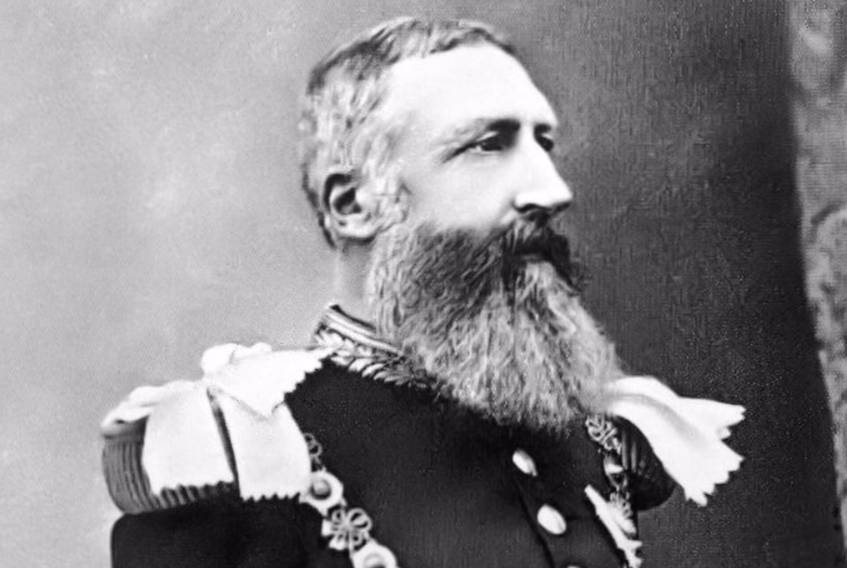
Leopold II of Belgium was the second King of the Belgians from 1865 to 1909 and the founder and sole owner of the Congo Free State from 1885 to 1908. He was born in Brussels as the second but eldest surviving son of Leopold I and Louise of Orléans.
He married Marie Henriette of Austria in 1853 and had four children with her.
He died in Laeken in 1909 and was succeeded by his nephew Albert I.
Leopold II is also known for his exploitation and atrocities in the Congo Free State, where he used forced labor, torture, murder, kidnapping, and mutilation to extract ivory and rubber from the native population.
He is estimated to have caused the deaths of millions of Congolese people during his rule.
He faced international criticism and condemnation for his actions and eventually relinquished his personal control over the Congo, which became a Belgian colony in 1908.
His private army forced and tortured millions of Congolese people, and it is estimated that about 3 million people died during his dictatorship.
10. Kim Il Sung (1912-1994)

Kim Il Sung was the initial ruler of North Korea, serving from 1948 until his passing in 1994. He was a supporter of communism and nationalism and battled against the Japanese control of Korea as well as against the U.S. and South Korea in the Korean War.
He fostered a personality cult around himself and his relatives and was titled the Eternal President of North Korea following his demise.
His son, Kim Jong Il, took his place as leader and continued both his policies and beliefs.
He initiated the Korean War that caused the demise of 3 million people in Korea. The citizens of Korea were compelled and manipulated into venerating him.
After Sung’s demise, his heir Kim Jong-il upheld his principles and now Kim Jong-un is maintaining his reign of dictatorship.
Numerous people have died due to famine, starvation, and execution, and some of the torture techniques used have been savage.
North Korea has been enduring for almost 70 years and is still grappling with the hostility and measures of their autocrats for three consecutive generations.
11. Ayatollah Ruhollah Khomeini (1902-1989)
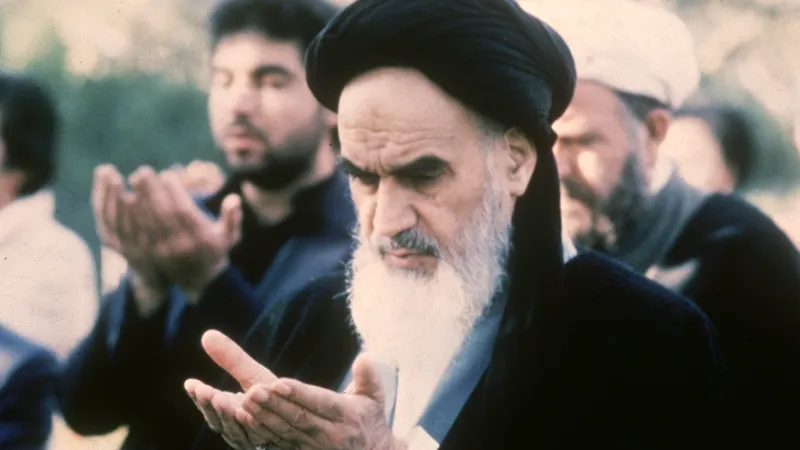
In the year 1979, Ayatollah Ruhollah Khomeini played a leading role in the Iranian Islamic Revolution.
Through his efforts, the leadership of Shah Mohammad Reza Pahlavi was overthrown, and the Islamic Republic of Iran was established.
As the first supreme leader of Iran, Khomeini held both political and religious power.
Additionally, he was a highly regarded scholar of Shi’a Islam, and he wrote numerous books about Islamic ethics, philosophy, and law.
Khomeini was a strong advocate for the rights of oppressed Muslims internationally and openly opposed Western influence.
In 1989, Khomeini passed away and was succeeded by Ali Khamenei, a devoted disciple.
His rule was marked by the implementation of strict Islamic law, the suppression of political dissent, and the execution of thousands of political prisoners.
12. Nero (37-68)
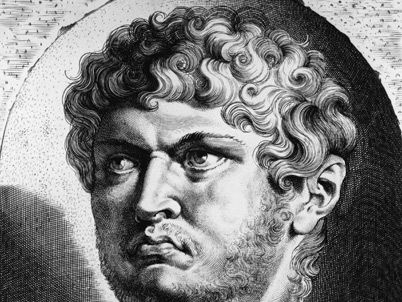
At the age of 16, Nero became the fifth emperor of Rome and the last in the Julio-Claudian dynasty, which was established by Augustus, formerly Julius Caesar’s adopted son.
His mother, Agrippina, was married to his adoptive father, Claudius, until his death. Nero is infamously known for being tyrannical, extravagant, and cruel.
He has been accused of murdering several family members, including his mother, stepbrother, and first wife.
Neronian Rome also suffered from the Great Fire of Rome which devastated a significant section of the city while promoting his own vast empire.
The emperor was widely despised by the Roman senate and aristocracy because of his intolerance towards Christians and other minority groups.
He faced several rebellions and conspiracies against his autocratic rule and ultimately committed suicide in 68 CE when the senate declared him a public enemy.
Galba succeeded him and became the first of four emperors who governed during the Year of the Four Emperors.
13. Genghis Khan (1162-1227)
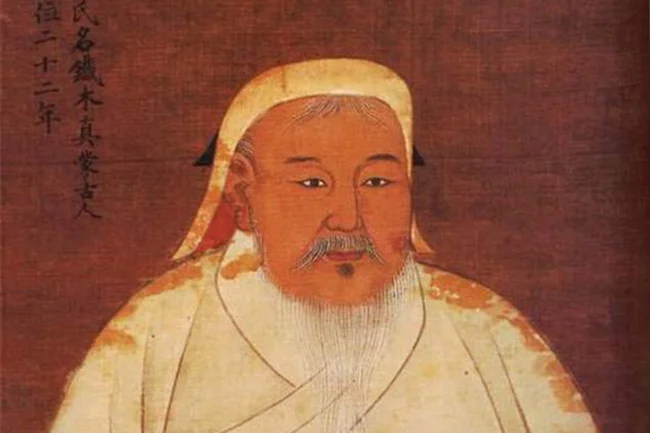
Genghis Khan, born Temujin, was a Mongol chieftain’s son who became the founder and first ruler of the Mongol Empire.
Through his leadership, he united the nomadic tribes of Mongolia and initiated a series of military campaigns that ultimately resulted in the conquest of much of Asia, Europe and the Middle East.
His renowned military prowess, religious tolerance and legal code are remembered as part of his legacy.
He died in 1227 while campaigning against the Western Xia dynasty in China and was succeeded by his son Ogedei who carried on his father’s expansionist policies.
He is considered as one of the most influential individuals in global history.
His military campaigns resulted in the deaths of millions of people, making him one of the most feared figures in history.
14. Mao Zedong (1893-1976)
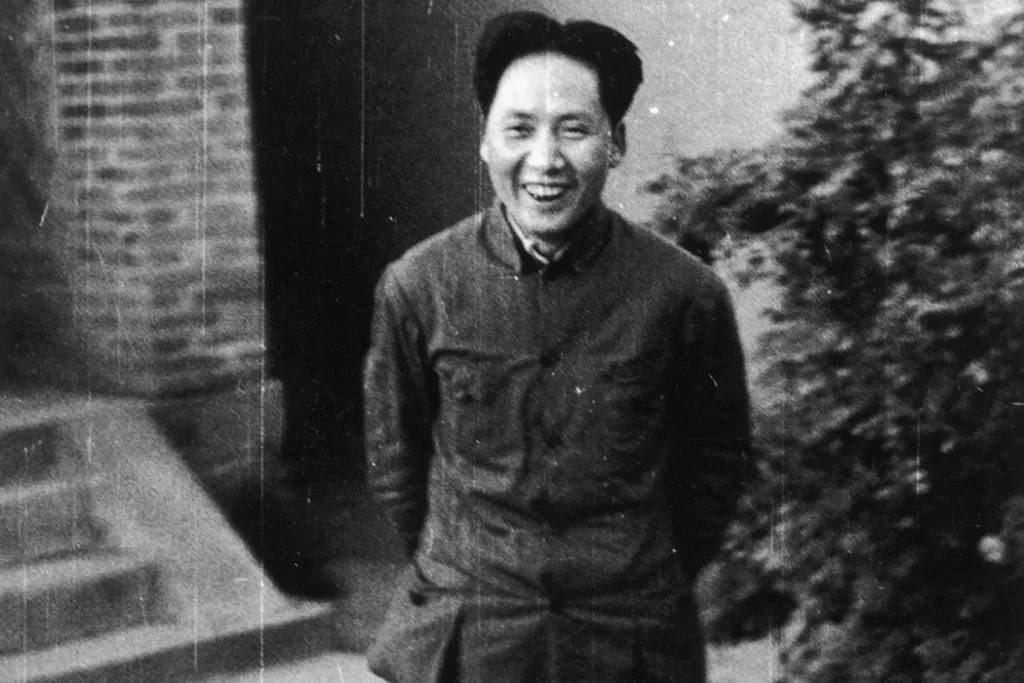
Mao Zedong, a notable communist leader of China, established the People’s Republic of China, taking on the role of the Chinese Communist Party chairman from 1949 until his death in 1976.
As a Marxist-Leninist theorist, a revolutionary strategist, and an important political and cultural icon, Mao’s influence reached far and wide.
His pivotal contributions to the Chinese Civil War against the Nationalist Party and the Second Sino-Japanese War against Japan were significant.
Mao spearheaded multiple political, economic, and social initiatives that brought about major transformations in China.
These include the Agrarian Reform, the Great Leap Forward, the Cultural Revolution, and the cementing of diplomatic ties with the United States.
Mao’s status as one of the most impactful figures in modern world history is undisputed, though some consider his policies and actions to be contentious and polarizing.
His leadership led to the death of millions and widespread suffering among the Chinese populace.
Mao Zedong, the founding father of the People’s Republic of China, was responsible for policies that led to mass starvation, forced labor, and executions, resulting in the deaths of millions of people. His most infamous policy, the Cultural Revolution, led to widespread social and political upheaval in China.
15. Maximilien Robespierre (1758-1794)
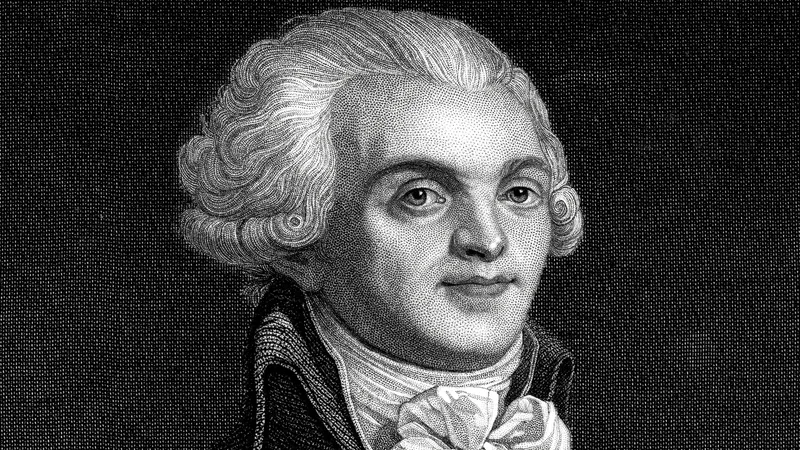
Maximilien Robespierre, a French lawyer and politician, was a prominent figure in the French Revolution and the Reign of Terror.
He belonged to radical factions such as the Jacobins and was a member and later became president of the Committee of Public Safety, which implemented repressive measures against republic enemies.
He worked towards democracy, universal suffrage, the abolition of slavery, and the rights of man, while also supporting the de-Christianization campaign and establishing the Cult of the Supreme Being, a new state religion.
Robespierre was renowned for his powerful speeches, his integrity, and his relentless pursuit of a virtuous society.
However, he was ultimately overthrown and executed by opposition politicians in the Thermidorian Reaction of 1794.
Maximilien Robespierre, a leading figure in the French Revolution, is best known for his role in the Reign of Terror.
During this period, thousands of people were executed without trial in the name of defending the revolution.
Conclusion
These individuals, through their actions, have left a dark mark on human history. Their deeds serve as a stark reminder of the depths to which humanity can sink when power is wielded without regard for human life.
Please note that the information provided in this article is based on historical records and may be subject to interpretation. The term “EVIL” is used here to describe actions that have caused immense suffering and loss of life. It is important to remember that every individual is a product of their time, circumstances, and personal beliefs.

